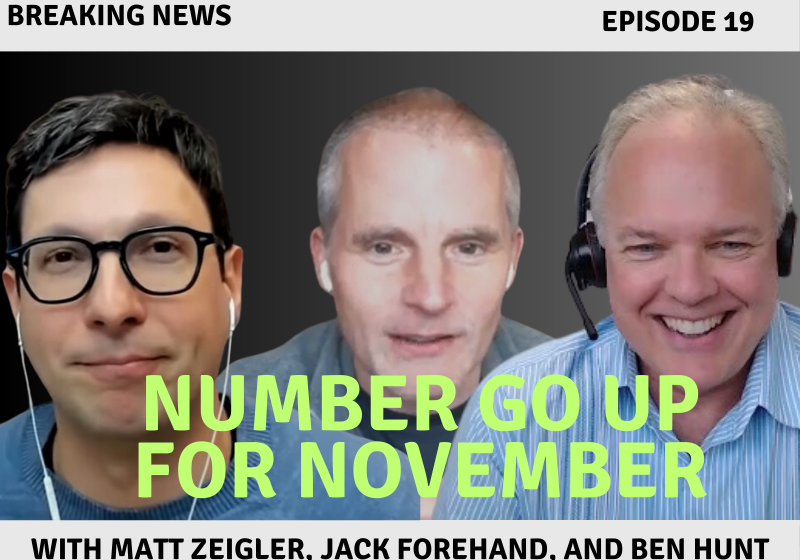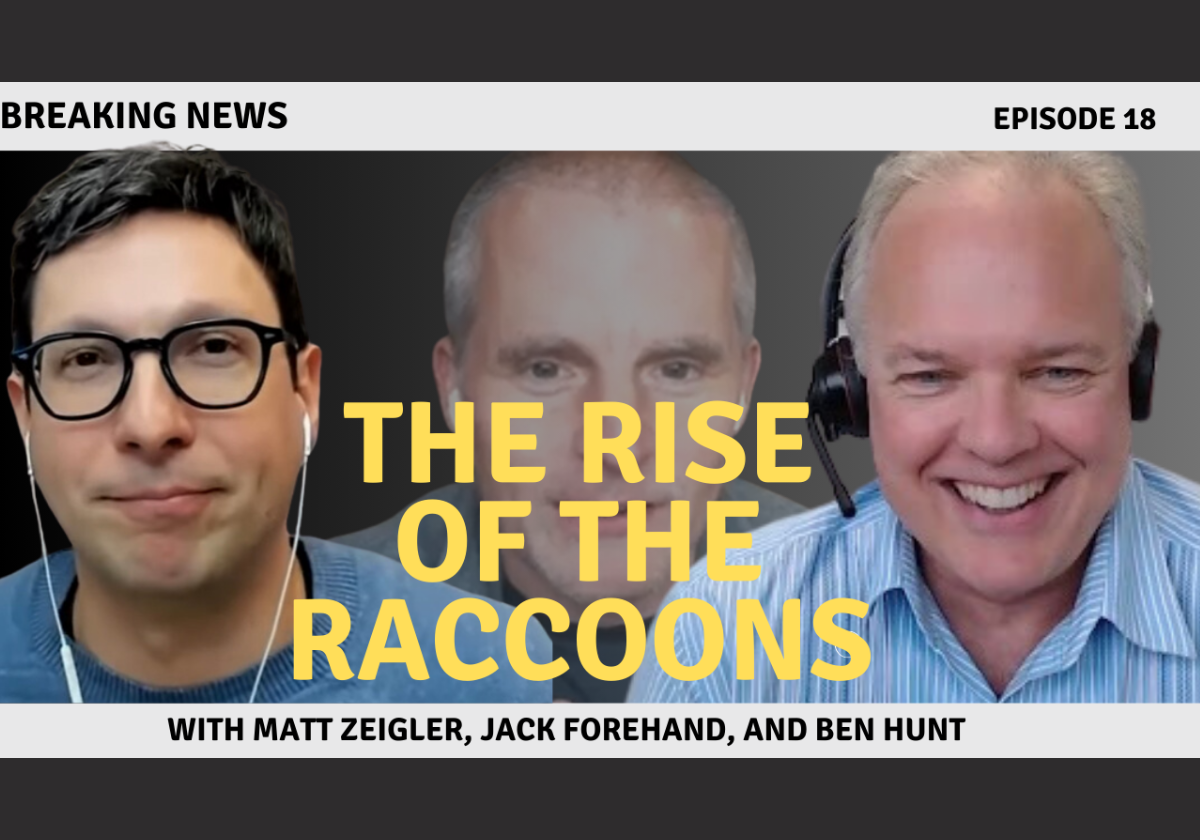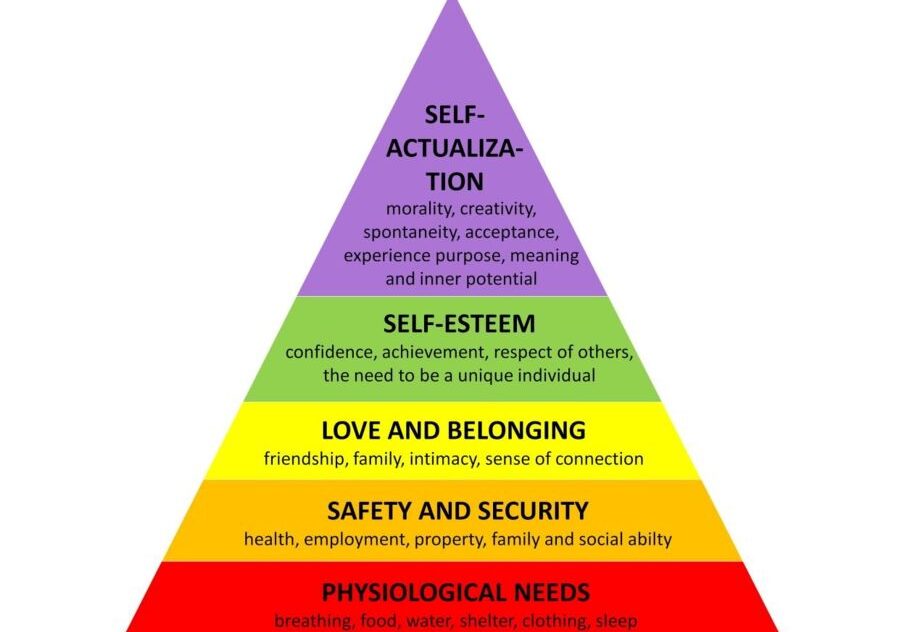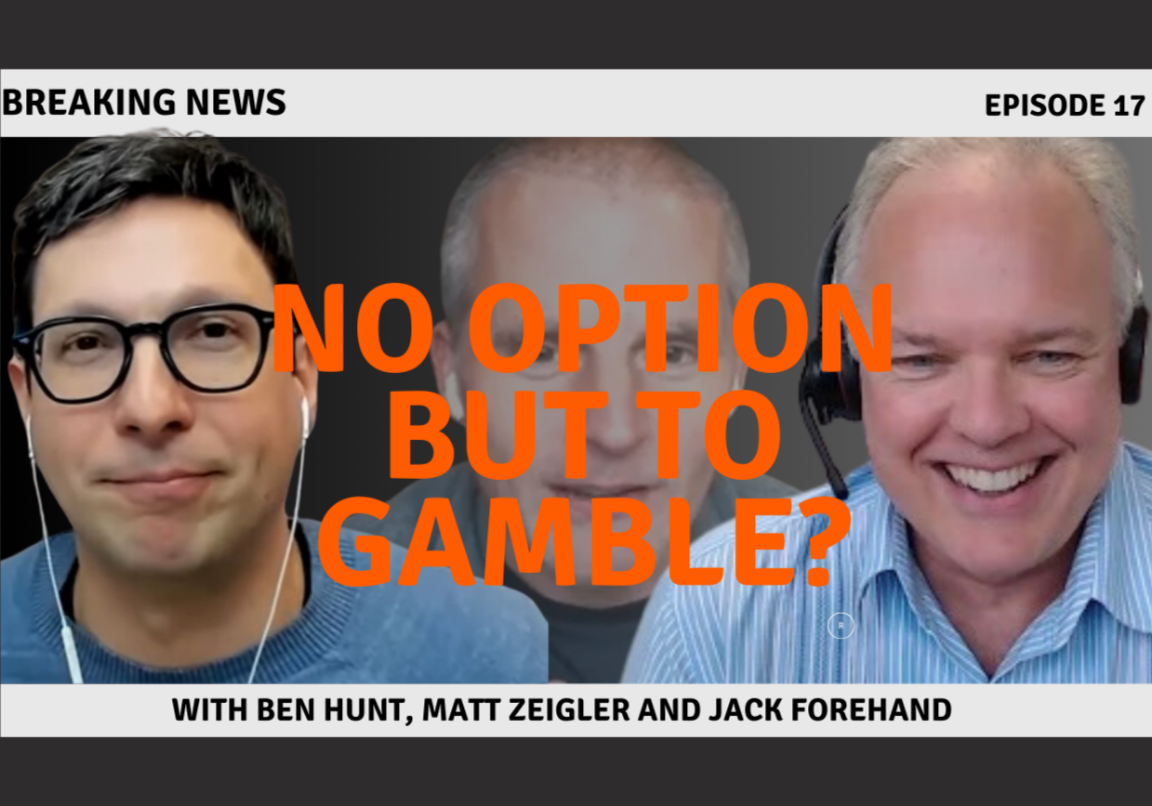Over the past two weeks, three senior Cabinet officials in Zimbabwe (including the Foreign Minister and the Infrastructure Minister) have died from Covid. Not gotten sick. Died. More broadly, reported Covid cases and deaths have exploded in this country of 15 million just in the month of January. The unreported numbers are certainly much higher, as about 90% of Zimbabwe's population works outside of the formal economy, and the majority of Zimbabweans have little to no access to the healthcare facilities that report these official case and death numbers.
The Zimbabwe Event
To learn more about Epsilon Theory and be notified when we release new content sign up here. You’ll receive an email every week and your information will never be shared with anyone else.
Continue the discussion at the Epsilon Theory Forum
The Latest From Epsilon Theory
This commentary is being provided to you as general information only and should not be taken as investment advice. The opinions expressed in these materials represent the personal views of the author(s). It is not investment research or a research recommendation, as it does not constitute substantive research or analysis. Any action that you take as a result of information contained in this document is ultimately your responsibility. Epsilon Theory will not accept liability for any loss or damage, including without limitation to any loss of profit, which may arise directly or indirectly from use of or reliance on such information. Consult your investment advisor before making any investment decisions. It must be noted, that no one can accurately predict the future of the market with certainty or guarantee future investment performance. Past performance is not a guarantee of future results.
Statements in this communication are forward-looking statements. The forward-looking statements and other views expressed herein are as of the date of this publication. Actual future results or occurrences may differ significantly from those anticipated in any forward-looking statements, and there is no guarantee that any predictions will come to pass. The views expressed herein are subject to change at any time, due to numerous market and other factors. Epsilon Theory disclaims any obligation to update publicly or revise any forward-looking statements or views expressed herein. This information is neither an offer to sell nor a solicitation of any offer to buy any securities. This commentary has been prepared without regard to the individual financial circumstances and objectives of persons who receive it. Epsilon Theory recommends that investors independently evaluate particular investments and strategies, and encourages investors to seek the advice of a financial advisor. The appropriateness of a particular investment or strategy will depend on an investor’s individual circumstances and objectives.









This note hit me different today because I just read a post by Radigan Carter called The Wall Street Insurgency and so regime change is top of mind.
I love the way you describe exponential growth of the virus as “nothing, nothing, nothing … case, case, case … cluster, cluster, cluster … BOOM!” The reason I love that description of exponential growth is because it can describe how ideas, narratives, movements, etc. all grow too. In Radigan’s note he describes how it felt in countries that you describe above as “weak states” when they start to fracture. And I think the reason your post really has me troubled is that I don’t think the US has functioning “political steam valves for the popular discontent and elite conflict” right now as you say above.
Whether it is r/WallStreetBets or the storming of the Capitol or the protests and riots over the summer or Bitcoin or any other of these expressions of popular discontent, I feel like these are the real time data points in the “case, case, case … cluster, cluster, cluster” phase of a movement to reopen our political steam valves. I worry because they don’t seem to be budging and the pressure is building. I wonder if we are too far down a growth path that leads to “weak state” events happening to let off that steam. I believe the US is still a “strong state” but in a weakened position and not sure what type of shape we are in to be taking many more punches.
I also love your phrase “BITFD” and think it is long past necessary for that to happen as your wonderful notes have highlighted. However in this moment, if we aren’t careful, once that fire starts it could enter it’s own growth phase of “case, case, case … cluster, cluster, cluster … BOOM!” that burns down more than we were asking for.
I read the same things this morning and agree the US is in a vulnerable strong state position. My confusion around Covid is how many shots per person are we really talking about? If I were to get 2 shots today for original Covid, then I need 1 booster shot this summer for the new variant and then again 1 booster shot in the fall for the new, new variant? Thanks to the pack for any thoughts or readings on this.
Market is positioned as if no one believes a variant is a serious threat, or maybe everyone is just too obsessed with GME to be paying attention. Short interest is going to be next to nothing after all the covering from Game Stop debacle. Commodities are ripping higher with Powell reiterating green light and ABC news just tweeted, “in the span of 2 weeks, the national 7 day average of daily cases has declined by 34% - the steepest nonholiday drop. The US has seen since the summer.” Everybody is getting ready to take off their mask.
And just anecdotal, Fort Bend ISD (7th largest school district in Texas), has closed 12 schools this week because of rapid spread. 12 schools is not a lot, guessing 8000 students since there’s 3000 at one high school, but they didn’t do this in the fall, is something new. No idea if it’s the new variant or not, but they are taking it seriously.
interesting theory. So we should expect to see a new surge in cases (with deaths on a lag) starting in 2-3 weeks. If not, we dodged a bullet, or it just wasn’t as lethal in the US.
Five trillion units of centrally-planned fear sterilization should fix this. And I thought viral variant spread was a yoga position.
NVAX trial results on UK and South Africa variants were fairly encouraging, although not as positive for South African variant. It still feels like a red or black from a trading perspective where we have no edge for position. Here’s a link to the PDF, conference call is mostly just patting each other on the back, but there are a few nuggets in there. They are in discussion with US FDA for EUA, but it would be 2 to 3 months before formal data is released. That statement seems crazy considering how fast other approvals have been. https://ir.novavax.com/static-files/e8c12211-6544-4106-b8fb-2b74a9a01265
I’m curious on this variation playing out. We’re targeting the elderly as one of the first recipients of most vaccines. This population tends to have weaker response to vaccines in general (hence the “high dose” flu vaccine) and lower immune response in general. We also have a virus which has a degree of immune escape already (re-infection, likely happening in Manaus, Brazil), in addition to transmissibility which causes it to become the dominant strain over base COVID within 2-3 months of introduction.
There is going to be a high degree of contact between vaccinated individuals with limited immune response and this variant that has some immune escape. This seems like it’s the preferred evolutionary ramp to total immune escape - a large number of training grounds against the vaccine at full effectiveness in a younger population. How long until we have a “Florida” variant which carries on the SA or BR efforts and does provide for reinfection?
And if this occurs, does that feed into a narrative of “the vaccine was 5g mind control all along!”
A minor sidenote on this - the UK variant seems to disprove the misused theory that evolution selects for less lethality (no, evolution selects for transmissibility and growth and doesn’t care about lethality so long as it doesn’t hinder the above). No evidence that as it becomes better adapted to humans, that we don’t see at least some further lethality increases.
“The United States is a strong state. It is, arguably, the strongest state in the world, with an institutional legitimacy and broad-based popular loyalty to those core institutions”
This line has been ringing around in my head for a few days.
I certainly wont argue that the institutional legitimacy has relative broad based support.
If , however, that is a major factor - we sure are a MUCH weaker state than we were a decade ago. I need to re-read first the people.
The Long Now indeed.
Ben, “nothing, nothing, nothing … case, case, case … cluster, cluster, cluster … BOOM!” captures exponential spread so well. I don’t recall anything for narratives, maybe in an older note?